The name Giraud has been in the cognac region since 1635. The family were originally farmers and grew grape vines, but also had land for corn and other vegetables, as well as livestock. Records indicate that the family starting producing cognac sometime during the early 1800’s. The Giraud estate has been located in the small village of Bouteville in Grande Champagne since the beginning.
Bouteville is incredibly small with only about 300 residents. It sits in a very hilly countryside with a Renaissance castle and a church dating back to 1209. The land is covered in grapevines and used exclusively to produce wine for eaux-de-vie production. This is a very sought-after area as the terroir is ideal to produce phenomenal grapes. Giraud owns 42 hectares, with some of the vineyards also located in St. Même-les-Carrières, about 6 km north of Bouteville. All the grapes planted are Ugni Blanc. Once the Giraud family started distilling their grapes, all of the stocks were sold to the big houses and négociants to use in blends. They were a Bouilleur de Cru by definition.
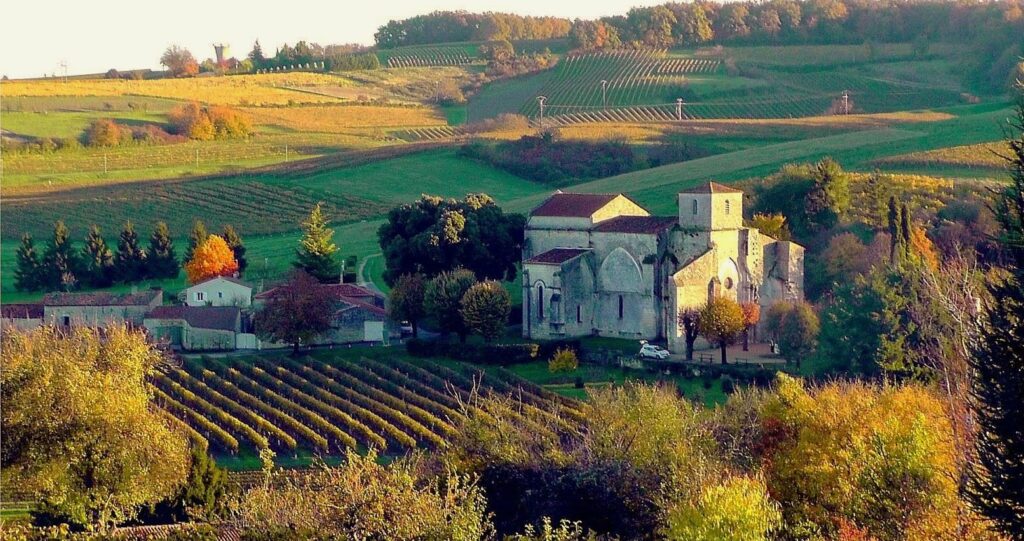
Today, the brand is owned by 11th generation farmer Paul-Jean Giraud. In the early 1940’s, his father had an idea to start putting some barrels aside if they could afford to do it. With no goal in mind, this continued until more space was needed. In 1960, the Giraud family bought a cellar to expand the number of barrels they wanted to age. Essentially, the cellar was an old barn that was converted. Nearby, a stream ran through the property and it was rerouted to flow inside the cellar, causing a perfect amount of humidity for the barrels to rest in. A humid cellar is the only type used to age Giraud cognac. This helps to create the signature Giraud style of cognac with big aromatics and round, full bodies.
Paul-Jean Giraud took over for his father at the age of 22 in 1973. There was a huge economic crisis at that time and cognac sales plummeted. Paul-Jean couldn’t sell to the large houses since the demand wasn’t there, so he made the decision to start selling his family’s cognac under his own label. Luckily for him, the barrels his father had been putting to the side were a life saver and Paul Giraud cognac was born.
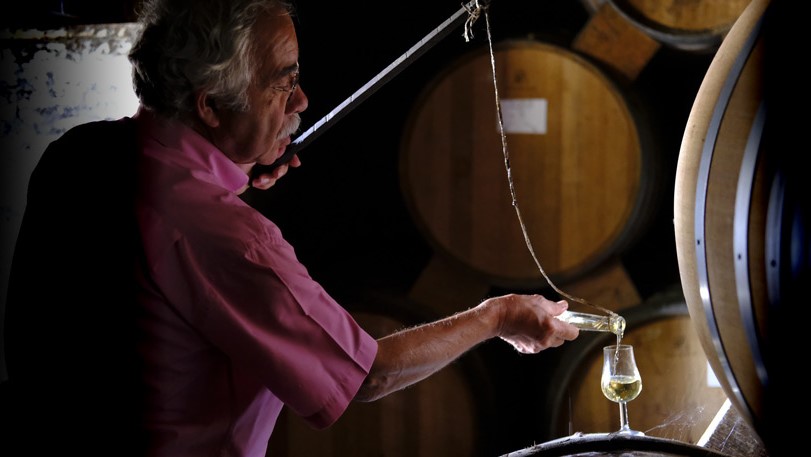
Image from www.cognac-paulgiraud.com
The production process for Paul Giraud cognac is very rooted in the old, traditional ways which adds to the allure of the brand. For the past half century, Giraud has prided himself on creating cognac with no additives and using organic farming whenever possible. While they aren’t certified organic, taking care of the land and the grape is of the utmost importance. Organic fertilizer is exclusively used. Chemical products are not spread as a preventive measure, but sparingly as a final solution to weather or pest issues.
Something very much lost to the region as technology has developed is that they still harvest the majority of the vines by hand. This painstaking process shows just how much Giraud wants to respect the grapes. All distillation is done on the lees, first in an 18 hectoliter still than in one that only holds 14. These smaller stills require a bit more skill to use and quicker cuts with a very tight margin for error.
One of the very unique attributes to the Giraud label is that they do not blend different years together. Each year, about 50-60 barrels of eaux-de-vie are produced from the harvest. Of those barrels, 33% are put into brand new Limousin oak, the rest in old, used barrels. The eaux-de-vie takes roughly 15-20 years of aging before it naturally reduces to 40% ABV in his humid cellar. Once it’s done in the barrels, about 15-20 barrels are emptied into large tonneau’s (vats) to marry for the next 3-5 years until they’re ready to bottle. But the barrels that get married together are all from the same harvest year.
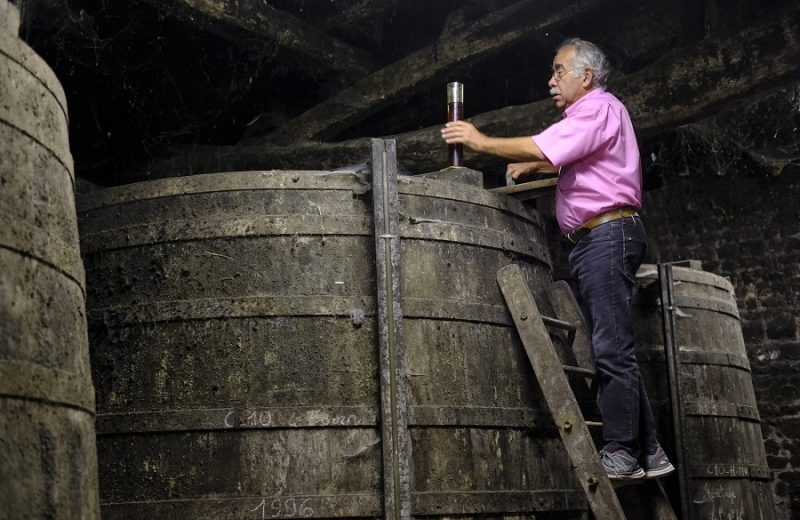
Technically, Giraud only produces vintages, but instead of going through all the rules and regulations surrounding vintage labeling, he decides to omit any year on the bottle. This means that every bottle you buy, for example the VSOP, will be slightly different each year. Unlike the bigger houses who strive for consistency, Giraud doesn’t have a hyper specific flavor profiles like they do. He goes for more broad category flavors. The younger expressions focus on flowers, the mid range will be concerned with fruits, and the very old barrels will have primarily spice flavors. In an interview in 2018, he stated:
“I am not a cellar master, I am a farmer. We are not able to make blends. I don’t know how to do that. I make traditional Cognac on traditional terroir.” (Annie Hayes, Master of Malt, 2018)
Paul Giraud is a single estate cognac that handles the entire process from beginning to end. Growing the vines, harvesting, wine making, distillation, aging, and bottling is all done under the careful watch of the family. Today, Paul Giraud has a cult like following among cognac connoisseurs. The quality is of the highest level and the very traditional methods used really sets this brand apart from many. The mono-cru and mono-year approach always makes for an exciting experience every time you open a bottle of Paul Giraud.

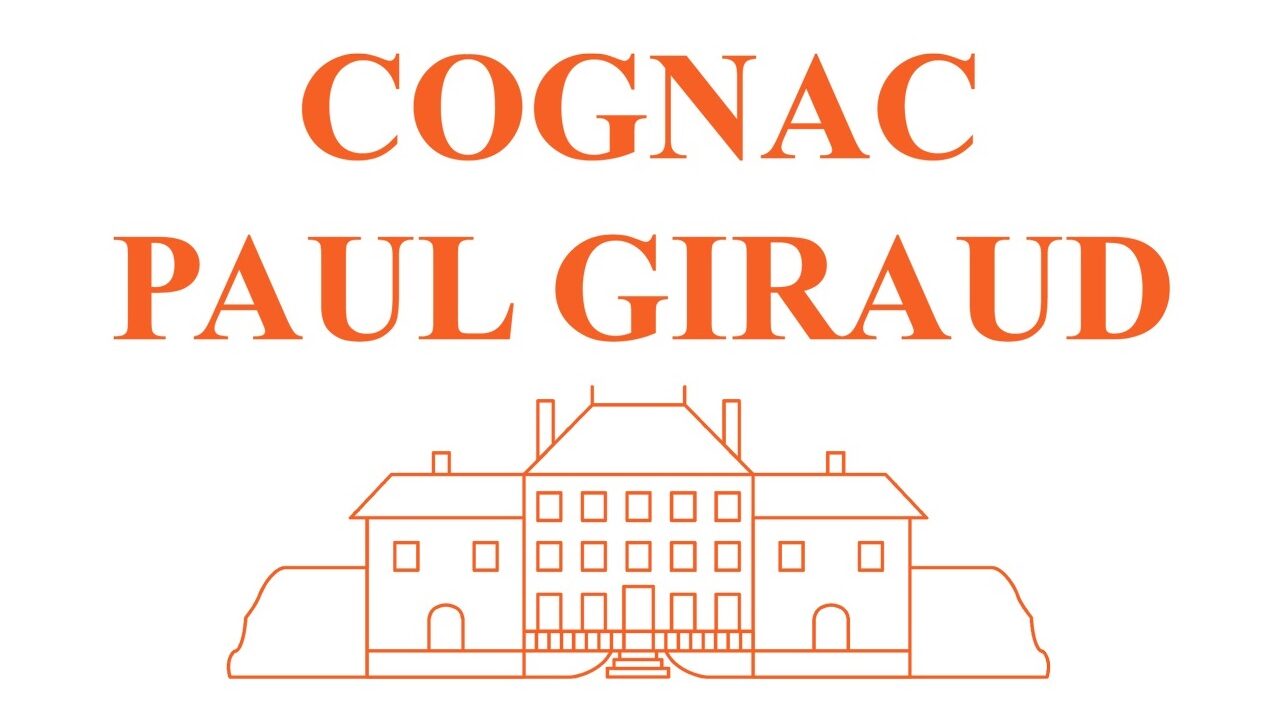
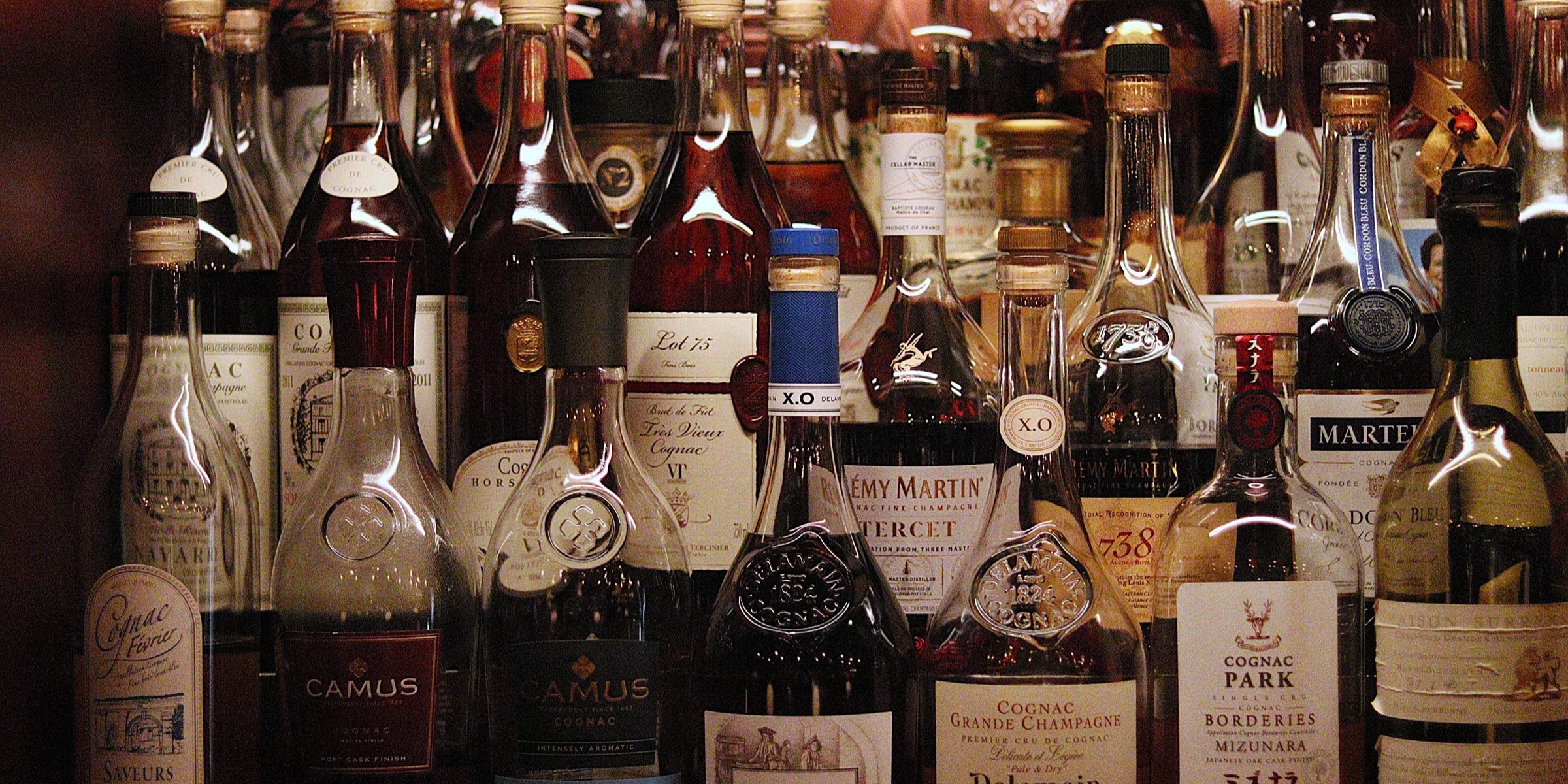


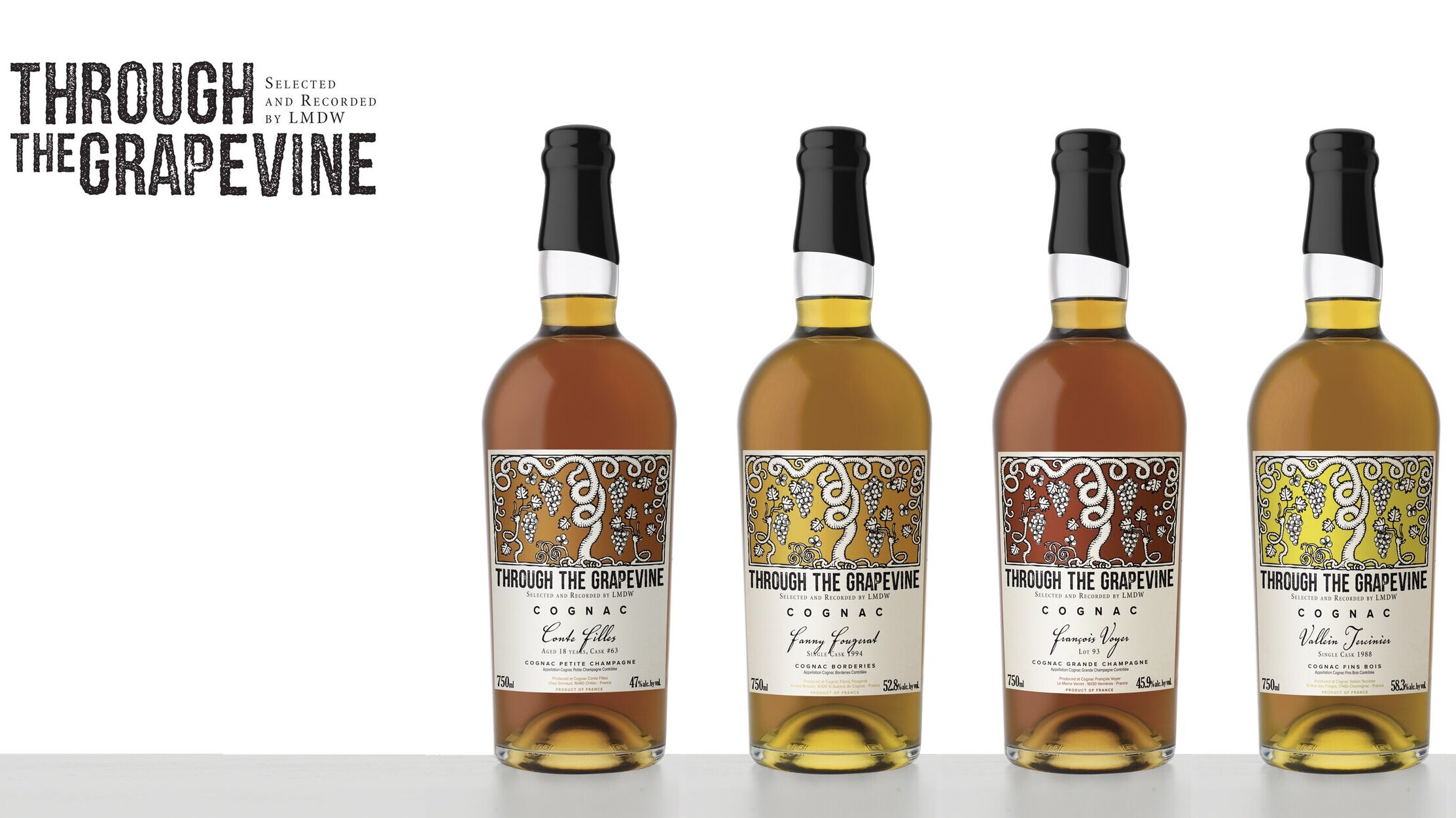
Great content! Keep up the good work!